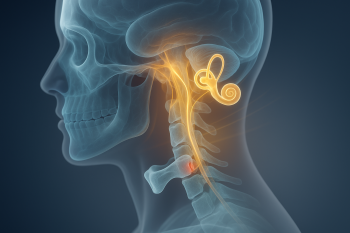
Many professional athletes suffer from compartment syndrome fromtime to time. This is a condition affecting a group of muscles inthe leg (called a compartment), caused by excessive musclepressure. However, even regular people can suffer from thiscondition after a major trauma such as a broken leg or a caraccident. Chiropractors warn that this is not something you shouldtreat with painkillers and ice, but requires a doctor’sattention.
Is Compartment Syndrome Really Dangerous?
Unfortunately, the answer is yes. Compartment syndrome is notmuscle fever or a simple sprain. When muscles are subject toextreme pressure, they can contract so much that they completelycut off blood flow. If it is left unseen by a specialist and simplytreated at home with NSAIDs and ice packs, compartment syndrome canlead to muscle necrosis and even death.
This is one of the most traumatic types of muscle injury, and wecannot stress too much how important it is to go to a doctor to getproperly diagnosed.
By downloading the Digital Patient Chart mobile app you can better control your patient portal.
What Are the Causes of Compartment Syndrome?
First of all, there are two types of compartment syndrome:
• Acute compartment syndrome
• Chronic compartment syndrome.
Acute compartment syndrome is caused by a single traumatic event,such as:
• Car accident
• Bone fracture
• Crush injury (when a heavy object falls overyour leg)
• Sudden return of blood flow after somethingblocks circulation.
Chronic compartment syndrome is a result of intense strain on themuscle over a long period of time. This is the condition thatprofessional athletes generally suffer from, especially:
• Cyclists
• Swimmers
• Runners.
Chiropractors Explain the Worrying Symptoms of CompartmentSyndrome
Not all injuries result in acute compartment syndrome, but youshould always err on the safe side. As for athletes, they areaccustomed to muscle strain and may ignore some worrying signs.These are:
• Numbness in the leg
• Bulging of the muscle
• Feeling that the muscle is larger thannormal
• Severe pain when trying to stretch the leg
• Tingling or burning sensation under theskin.
Also, if you feel muscle pain that exceeds the level you haveexperienced in the past after a similar incident, you should go andsee your doctor.
How Can Chiropractic Help with CompartmentSyndrome?
Your chiropractor will try to assess your condition, usually byreferring you to take an X-ray of your leg. In the most severecases, you may be recommended surgery.
However, in most cases, specific manipulations, massage, and dryneedling will reduce the pressure in the muscle. At the same time,chiropractic treatment will help you manage pain without resortingto painkillers.
Your chiropractor will monitor your progress and tell you when itis safe to resume physical activities, including training sessionsfor professional athletes. By using safe and non-invasive treatmentsolutions, chiropractic is an excellent choice for avoiding therisk of failing a drug test.
Work with Your Chiropractor with Confidence
Compartment syndrome is a very serious and painful condition.Many patients tend to become stressed and panic when they are giventhe diagnose. However, you must remember that you are (literally)in good hands.
Chiropractors have extensive training and experience in dealingwith many conditions and injuries, including compartment syndrome.Based on the severity of your specific case, the chiropractor willdevise a tailored treatment program that helps you heal and regainfull control over your injured leg.
Chiropractors can help compartment syndrome patients make a fullrecovery. Do not ignore the signs; if you think you suffer fromthis condition, seek emergency medical care and then look for achiropractor near you!







Leave a comment